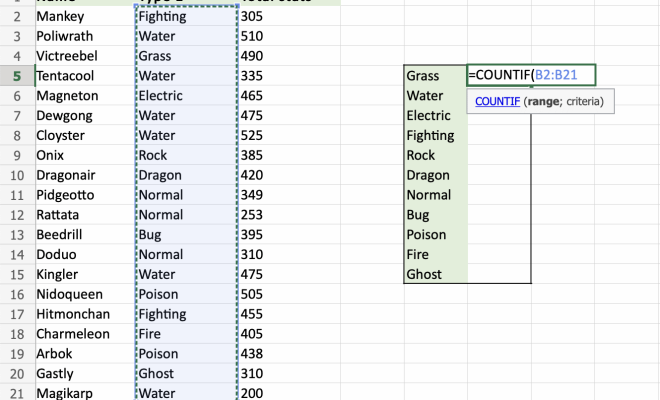GUI? What Is a Graphic User Interface?

A Graphic User Interface, also known as GUI, is a type of interface that allows users to interact with electronic devices, software, and operating systems through a graphical representation. GUI is an integral part of the modern computing system, which enables users to execute tasks through a user-friendly and visually appealing interface.
A GUI typically consists of menus, toolbars, icons, and various graphical elements such as buttons and lists. The purpose of these elements is to present information or data in a manner that is easily readable and understandable by users.
The first GUI was developed in the 1970s at Xerox’s Palo Alto Research Center (PARC), which was a breakthrough in the computing industry. This GUI was designed to make it easier for users to operate the computer and accomplish tasks seamlessly. Since then, GUI has become more advanced, and today’s interfaces are much more interactive and richly designed.
With the advent of modern computing devices such as smartphones, tablets, and smartwatches, GUI has become more prominent than ever. GUI is designed to take advantage of the full range of the device’s input, including touchscreens, voice recognition, and gesture controls. This makes the interface intuitive, user-friendly, and efficient, even for those who are unfamiliar with the device.
One significant advantage of GUI is its ability to provide feedback to users. For instance, when users click on a button, it will change color, or a pop-up message will confirm the action. This feedback mechanism improves the user experience, making the interface more engaging and interactive.
Another important aspect is the aesthetic design. GUIs are designed to be visually appealing, intuitive, and easy to use, which makes them more productive than their predecessors. Thus, GUI has revolutionized the way people interact with computers, making the experience efficient, stress-free, and visually pleasing.
In conclusion, a Graphic User Interface is a vital component of modern computing, enabling users to interact with electronic devices, software, and operating systems through a visually appealing interface. It plays a significant role in making the user experience effortless, efficient, and interactive. As technology advances, we can expect new and exciting ways to interact with devices through the evolution of GUI.




